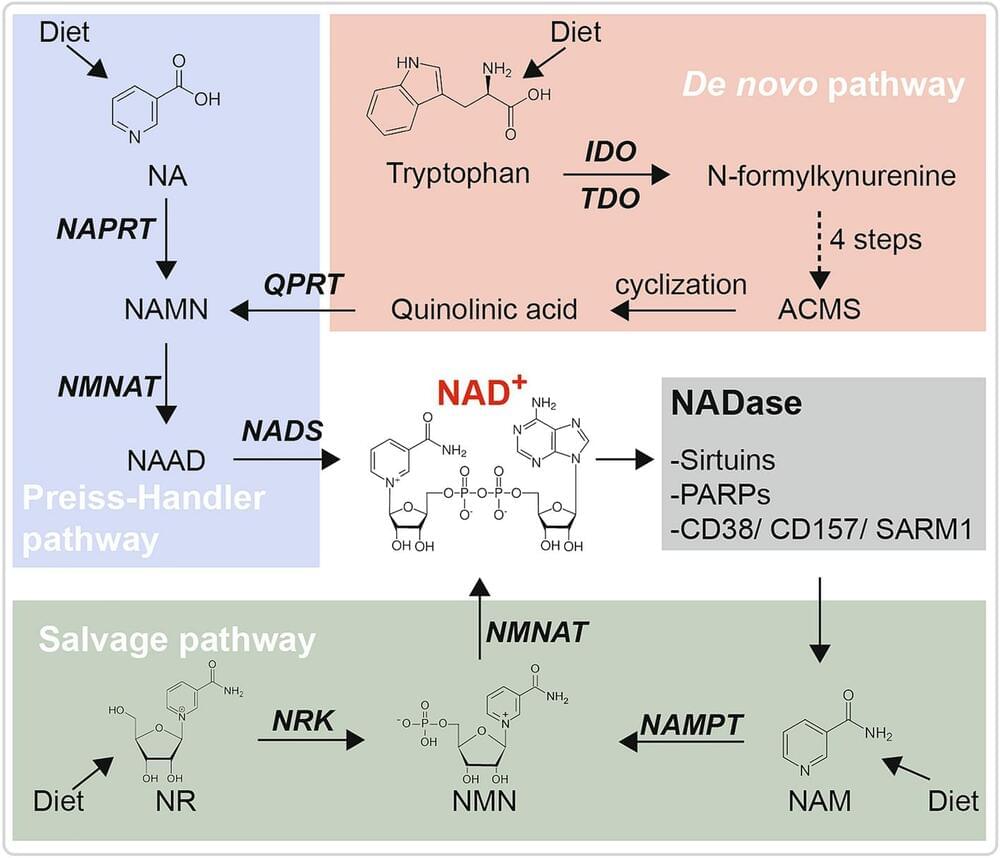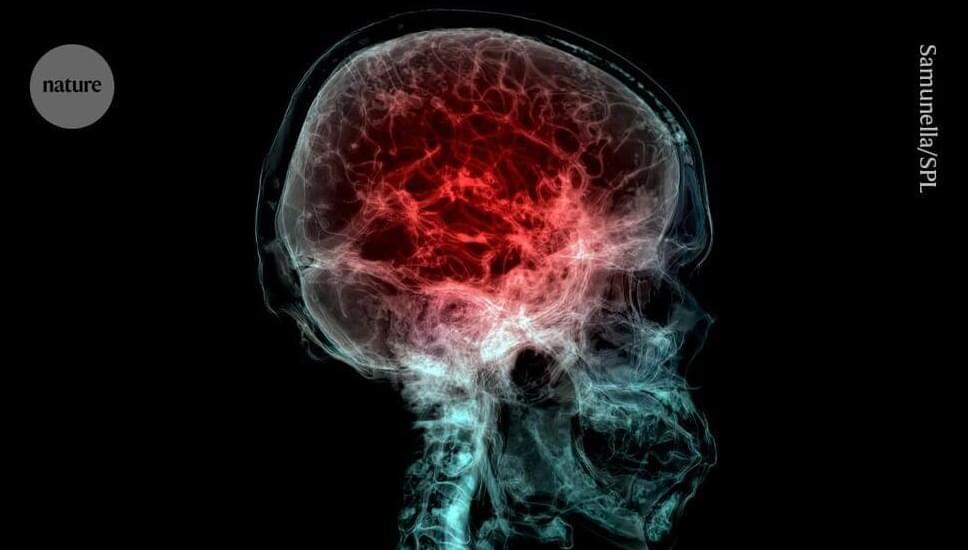Here the notorious but eloquent transhumanism critic Wesley J. Smith takes a swipe at the quickly growing movement to overcome death with science. New story in Merion West!
“Utopians often produce evil because their movement’s aspirations become paramount —that is, more important than avoiding acts ‘traditionally perceived as immoral.’ If enough people follow Istvan on the transhuman roller coaster, people could eventually get hurt.”
“I’m not afraid of dying. I just don’t want to be there when it happens.” – Woody Allen.
In 2016, transhumanism proselytizer Zoltan Istvan ran for president promising to defeat death while touring the country in a bus redesigned to look like a coffin. It was a great gimmick that made him, perhaps, the most famous transhumanist in the world.
I know and like Istvan. I admire his indefatigable work ethic that has him writing hundreds of transhumanist-boosting columns and engaging in countless interviews (including by opponents like me). But his recent piece in Merion West “When We’re Overly Optimistic about the Pace of Life Extension Research” took a dark and disturbing turn. He warns that at the current pace of life-extending research, the transhumanist goal of living indefinitely will not be attained during his lifetime (based on a formula he concocted he calls, “the senescence inference”). In 2,131, he moans, our expected lifespan will “only” be 165 years, and it will take “well over a millennium to attain Methuselah-like lifespans nearing 1,000 years.”







